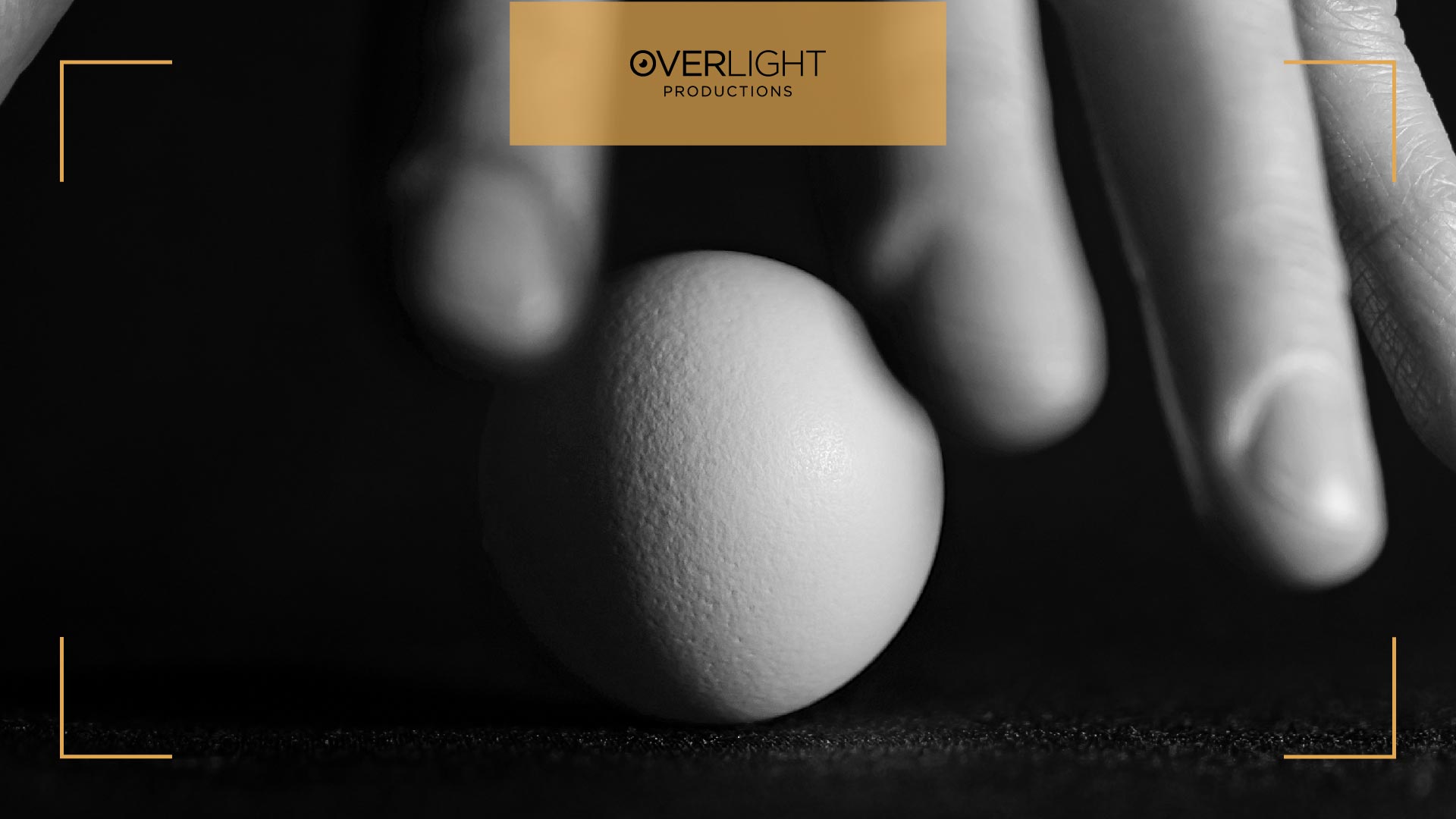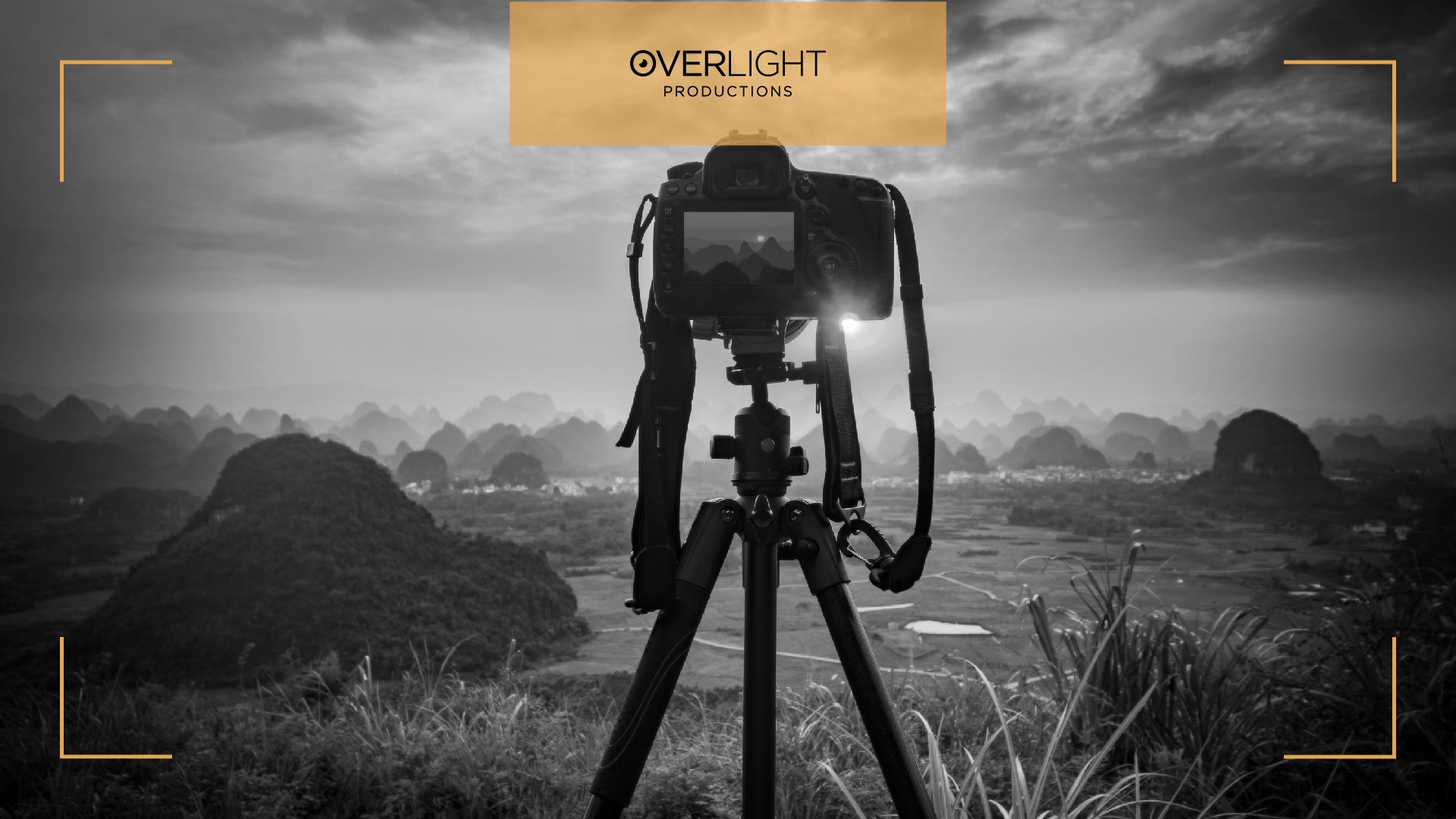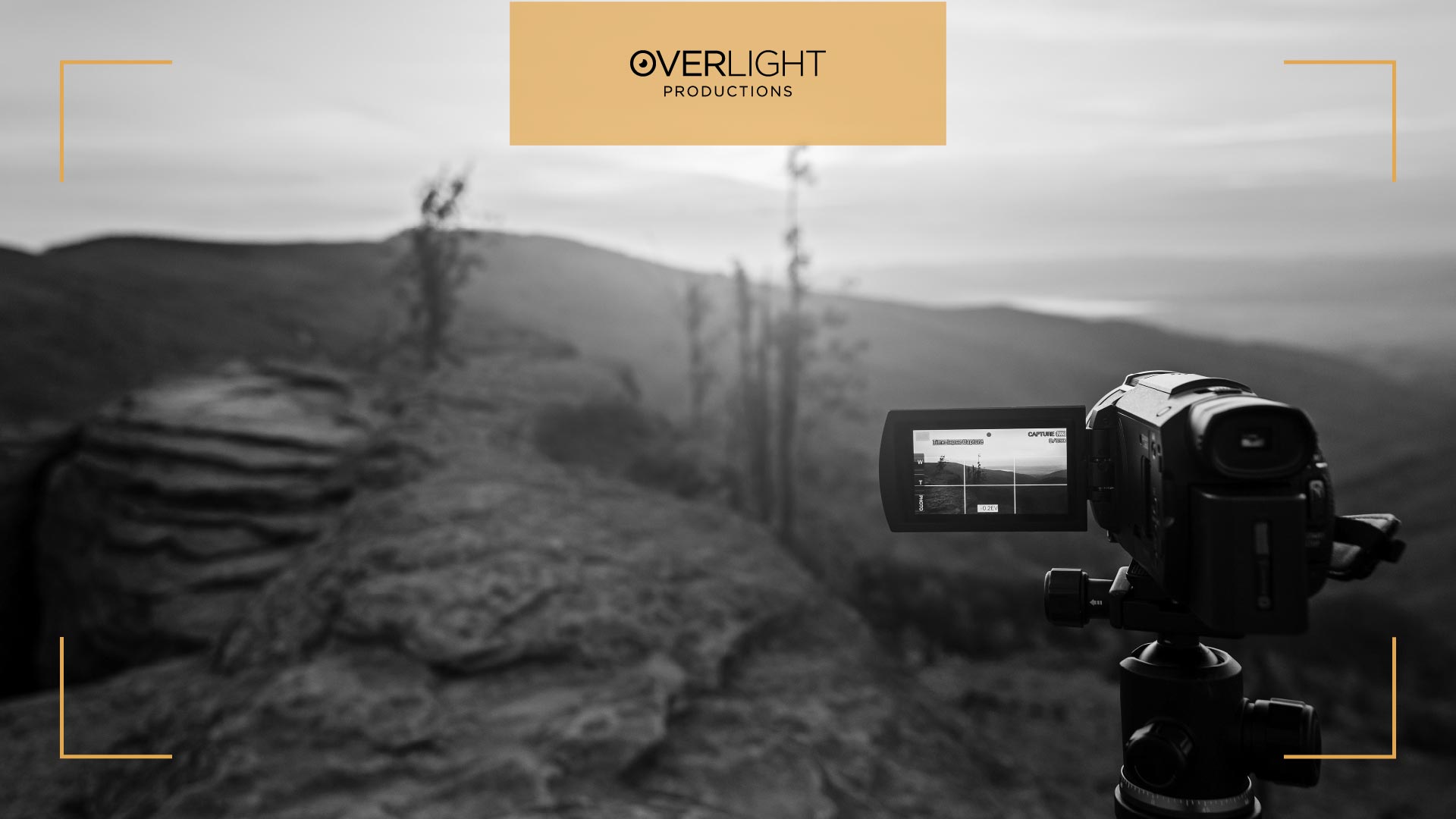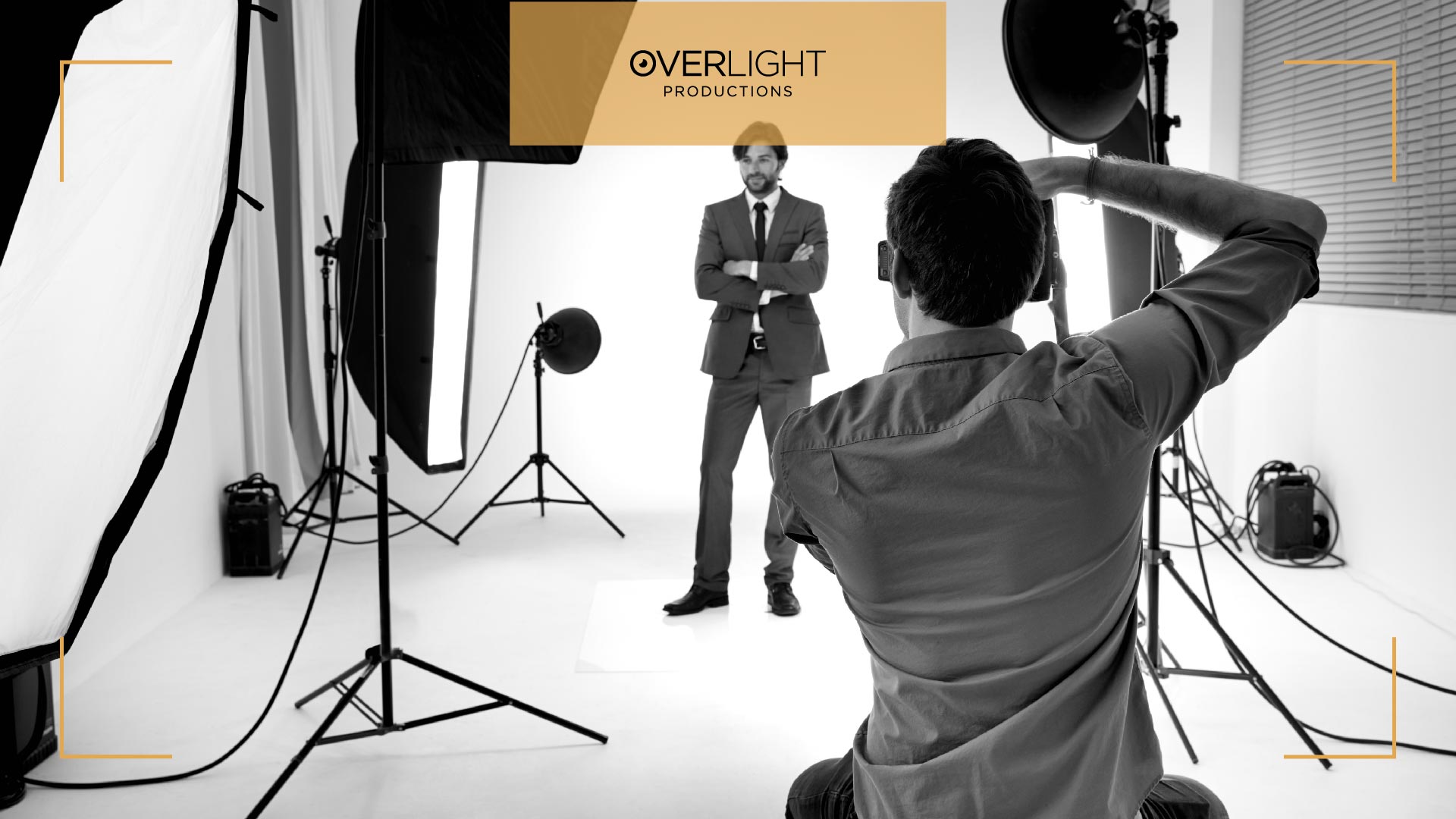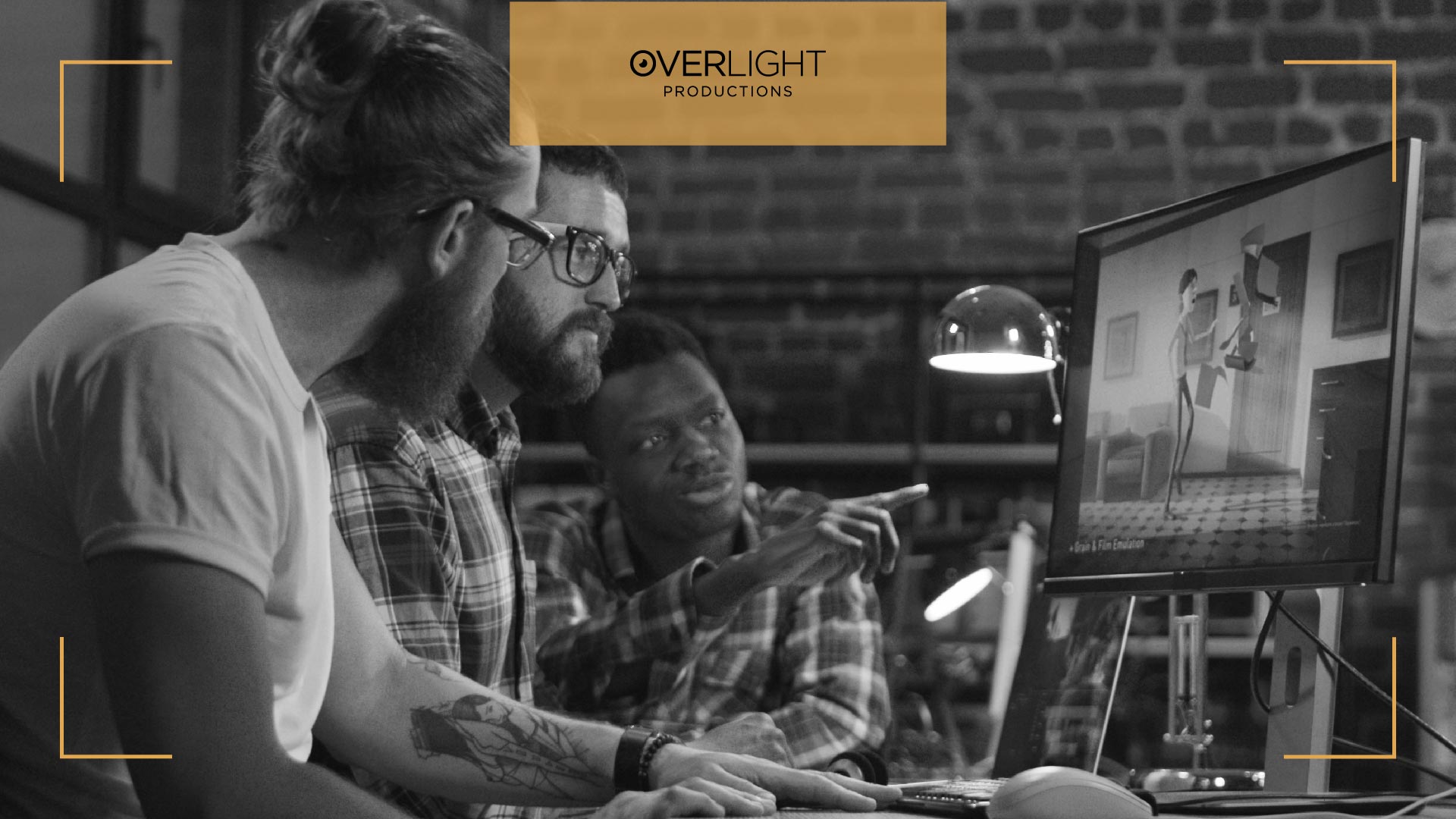 12 - June - 2023
12 - June - 2023
Lighting in photography refers to the process of locating the light source. It may be man-made or natural. The final photograph's lighting angle and quality have the largest impact on everything, including brightness, color, and attitude.
Usually, the term "lighting" in photography refers to a vast category of tools and procedures. You should have a solid understanding of every system component available if you want to properly master your photographic lighting setup.
With that in mind, this blog entails 12 types of lighting in photography that are essential for better photo quality.
What Impact Does Lighting Have on Photography?
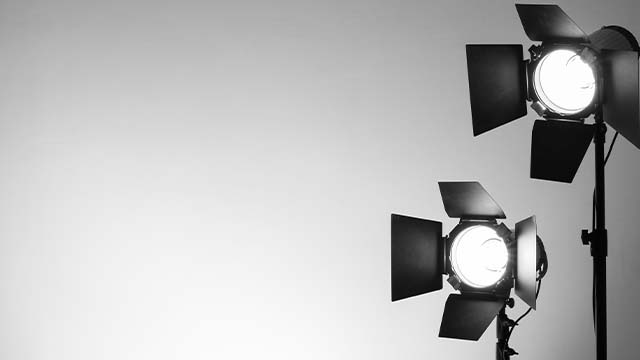
Your subject's features and how you want them to appear in your photographs will heavily influence your lighting choices, whether you're shooting a landscape, still life, or a portrait.
Hard light, for instance, is harsher and will draw attention to angles and surfaces that aren't exactly flat, such as beach waves or a model with wrinkles or acne, but soft light will cover similar qualities.
The lighting you utilize will probably be different from a photoshoot where you want to showcase the personality and distinctive lines of your model's face, if you're performing a beauty session where the focus is on perfect features.
On your path to becoming the best photographer, understanding how to utilize both natural and artificial lighting to their fullest potential in every setting will be a significant step forward.
This leads to another important aspect of photography, i.e.
Importance of Position in Photography
Whether the light source is natural or artificial, the photographer's capacity to comprehend light in photography depends on where it is positioned. And doing so has a bigger influence than anything else on the final image.
Lighting a subject from behind typically produces a flat image devoid of depth and contour. As the light is turned to one side, texture and shadows start to show. Remember that you can be shifting the subject rather than the light when using natural light.
However, the final result is the same, and the location of the light with respect to your subject is always the most important factor.
Lighting a subject from the side, with thick shadows and lots of depth, produces the most dramatic photos. This is a really distinctive style with hints of vivacity and sorrow.
Read also: What is time-lapse photography & how it can benefit your business?
12 Types of Lighting in Photography
Here are 12 types of lighting in photography that every pro and novice photographer should know:
1- Natural Light
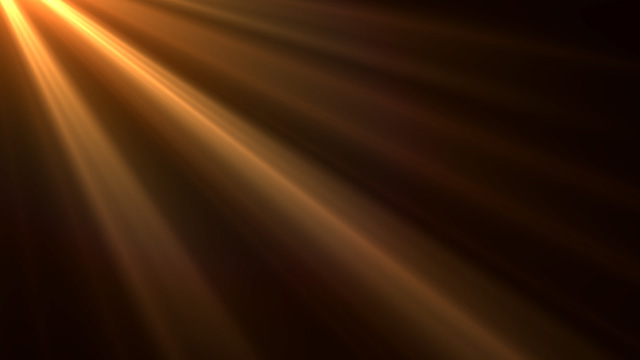
Understanding the sun's angle and how it will impact your composition is crucial if you want to employ natural light in your photography. For instance, the sun is overhead for the majority of the day, lighting your subject from above.
On a sunny day with no clouds, the shadows will be more intense; while on a cloudy day, the sunshine will be diffused, making the contrast of light on your subject less jarring.
Related: 10 important outdoor natural light photography tips
2- Ambient light
Lighting that is present in a scene without being supplied by the photographer is known as ambient light. Sunlight, streetlight, and moonlight can all be used as ambient illumination. None of these were added by a photographer to the scene.
Obtaining a gentle, evenly spread light that can reflect off of many surfaces is frequently the aim of ambient lighting. For landscape photography in particular, this style of lighting is effective.
3- Loop light
When using loop lighting, the light is positioned just above eye level and at a 45-degree angle. A shadow is cast directly beneath and to one side of one nostril and the nose due to the light's position. For the majority of people, this style of lighting is attractive.
4- Front Light (or Flat Light)
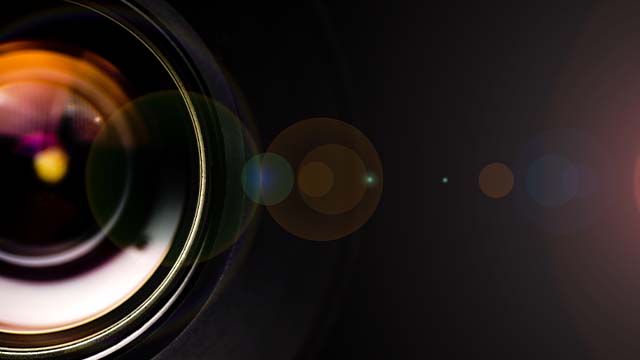
When the light source is immediately in front of your subject, this is called front light. There can be small shadows because the light is not angled. No area of the image will be more or less exposed than the others due to the uneven distribution of the light.
For portraits, flat light might be beneficial, especially if your subject wants to minimize wrinkles or imperfections. However, front lighting won't give you the details you need to bring the subject's personality to life if you're trying to paint a portrait with a lot of personality.
5- Broad light
Essentially, broad lighting is a sort of side lighting. It occurs when the side of your subject that is lit the best is facing the camera and the side that is least lit is facing the camera.
This kind of lighting, when applied to a subject's face, can flatter a person with a narrow face since it makes a face appear larger. However, if the individual already has a full face, it would be less preferable.
6- Butterfly light
In butterfly lighting, the light is positioned above and in front of your subject to cast a little shadow beneath the nose that resembles a butterfly, thus the name. This kind of light is most frequently utilized on ladies since it brilliantly accentuates strong cheekbones.
However, it draws attention to the shadows cast by deep-set eyes. Once more, be aware of how the light may affect your subject's face and characteristics. Butterfly light is another name for paramount light, which is frequently used.
7- Rim Light

Rim lighting refers to a technique where a light is placed behind a subject and shines on the subject's outline. This method of lighting creates a spectacular and menacing effect by drawing attention to a subject's outlines.
The rim light in photography is produced by backlighting the subject from a specific angle. This lighting will hit your topic as you intend and cast a beautiful highlight across it.
8- Backlight
Backlit photographs are those in which the subject is between the light source and your camera and is behind it. This might be a fantastic chance for you to experiment with lengthy shadows and silhouettes in your photographs. Backlit photography may have the drawback of having an incorrect white balance, which will cause your subject's details to be lost.
This is effective for creating silhouettes, but if you still want to be able to see some detail in your subject, take out your light diffuser and use it to reflect some of the light from the backdrop onto the front of your subject.
9- Short light
Another type of lighting is short light, which falls on the side of the face closest to the camera. The face is at an angle. Short light is the opposite of broad light. Most people look well in this kind of light because it effectively thins the face.
One thing to remember is that shadows highlight textures and flaws. Broad light can be used to beautifully highlight freckles, but it will also draw attention to flaws like acne and scars.
Understanding how your subject feels about those flaws can help you decide whether to use another style of lighting to cover them up or short light to emphasize them.
10- Soft light
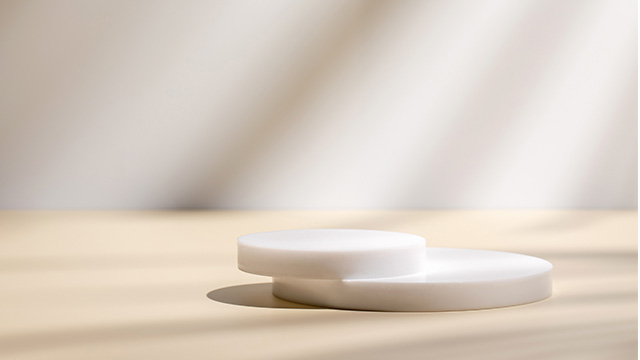
Soft light is light that has softer, more open shadow edges and a lower contrast. A bigger, broader light that is put closer to the topic is used to achieve it. Days with clouds in the sky are excellent for using soft outdoor lighting.
You can create this style of lighting by diffusing your artificial light. In the studio, this can be accomplished by positioning a full diffusion panel or soft box between the light source and the subject. A nice source of softer light can also come from window illumination.
Mostly, portrait, macro and wildlife photography uses soft light. Additionally, it can be used to make a subject seem younger.
11- Hard light
Hard light is a strong lighting technique that casts brilliant shadows broadly while concentrating on a specific area of the subject. The interaction between light and shadow may become more difficult and clear during this process.
In photography, hard lighting is a technique that creates severe shadows, strong contrast, and dramatic, edgy images. It completely contrasts with soft light.
The transition between light and shadow in harsh lighting in this phase is especially sharp and distinct. Hard light would cast a clear, distinct tint over your subject's contour.
12- Fill Lighting

In photography, a fill light is a lighting technique that draws attention to a subject's characteristics and shapes that are obscured by the main beam's shadow. The secondary source in a standard three-point luminaire system is fill light.
The method of using a lighting source to illuminate any shadows cast by a subject is known as fill lighting.
In reality, fill light is just one source in the standard three-point illuminating setup. It could be crucial in any lighting arrangement.
FAQs
What is the best type of lighting for portraits?
Generally, golden hour lighting or cloudy/diffused lighting is typically used for outdoor portrait photography. While window light can be used for indoor shooting, studio portrait photographers in Dubai frequently use diffused light to produce a soft, appealing image.
How do I balance natural and artificial light in my photos?
To balance artificial and natural light, add a strobe. Images that are backlit have a softening effect, which frequently causes the highlights (particularly the sky) to lose some of their definition.
How do I avoid harsh shadows when using natural light?
It's very simple to get rid of unpleasant, harsh shadows from a portrait that otherwise would be lovely. You locate a darkened place, set your camera to f/2.8, diffuse the light, and then leave the rest to Mother Nature's lighting.
What are some common lighting mistakes to avoid?
Some common lighting mistakes to avoid in photography include using harsh and direct lighting, having insufficient or uneven lighting, ignoring the direction of light, neglecting white balance, and over-relying on artificial lighting presets. By being aware of these mistakes and adjusting your lighting techniques accordingly, you can enhance the quality and visual impact of your photographs.
How can I use lighting to create a dramatic effect in my photos?
A very narrow beam of light will produce more contrast for a more dramatic impact. The contrast will be lowered by any light that is not coming from the same angle or light source. Shadows won't be as strong if there are several sources of light.
What is the best way to diffuse harsh artificial light?
The best way to diffuse harsh artificial light is to use a soft box or diffuser. These tools help to scatter and soften the light, reducing harsh shadows and creating a more flattering and even illumination. Additionally, bouncing the light off a reflective surface or using translucent materials can also help diffuse the harshness.
How do I use reflectors to improve my photos?
For fantastic, bouncing fill light, simply position a reflector in the opposite direction of your primary light source. To soften all of the harsh features and shadows beneath the eyes and chin, you can also place a reflector in the subject's lap or directly in front of them at an angle.
What are some lighting tips for shooting in low light conditions?
When shooting in low light conditions, consider these lighting tips:
- Increase the ISO to make the camera more sensitive to light.
- Use a wider aperture to allow more light into the lens.
- Utilize a tripod to minimize lens tremors during longer exposures.
- Shoot in RAW format for better flexibility in post-processing adjustments.
The Bottom Line
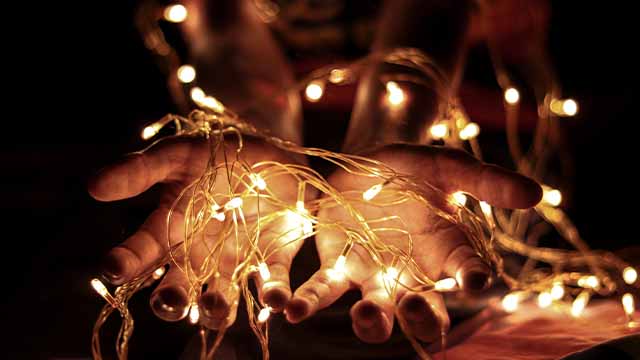
Lighting for photography is not as mysterious as it might seem. If you start with the foundations of photography lighting techniques and practice with one or two picture lights, you will quickly become an expert at getting the right exposure.
The professional photographers at Overlight possess a deep understanding of the various types of lighting in photography and how to utilize them to capture the best possible photos.
Whether it's natural light, artificial light, or a combination of both, they have the expertise to create stunning compositions. With our skillful use of lighting techniques, we can enhance the mood, highlight important elements, and bring out the desired emotions in each photograph. Call us today to get expert-curated photography ideas or read our detailed guide on how to choose the right photography service for your company.
